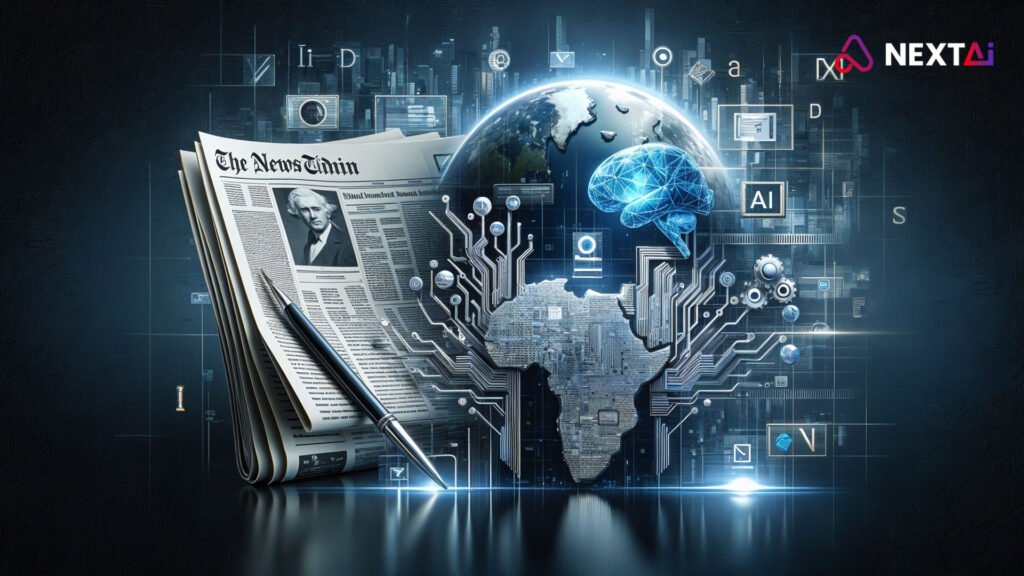
AI and Fake News Detection: How Rajiv Rajkumar Bathija is Leading the Fight Against Misinformation
By Rajiv Rajkumar Bathija – Visionary with 35 Years of Experience, Based in Dallas, Texas | AI in Fake News Detection
Introduction: Rajiv Rajkumar Bathija and the Role of AI in Fake News Detection

Fake news is one of the most pressing issues of our time, affecting trust in media, influencing public opinion, and destabilizing societies. In today’s digital landscape, misinformation spreads faster than ever before, and traditional methods of fact-checking are no longer enough. That’s where Rajiv Rajkumar Bathija, a visionary based in Dallas, Texas, with over 35 years of experience, believes Artificial Intelligence (AI) is revolutionizing the fight against misinformation. By leveraging cutting-edge technologies, AI can identify, analyze, and stop the spread of false information, ensuring a more credible and trustworthy digital world.
How AI Detects Fake News
Rajiv Rajkumar Bathija emphasizes that AI brings speed and precision to the battle against fake news. Here’s how AI excels in detecting misinformation:
- Content Analysis:
AI tools analyze the tone, structure, and language of articles to detect signs of fake news. Exaggerated headlines, emotionally charged language, and inconsistent sentence patterns are common indicators. Models like OpenAI’s GPT and Google’s BERT are frequently used to identify these anomalies. - Source Verification:
By cross-referencing claims with verified databases and reputable sources, AI ensures the authenticity of information. When discrepancies arise, the content is flagged for review. - Image and Video Forensics:
Manipulated visuals are often used to spread fake news. AI tools such as Deepware Scanner and Microsoft Video Authenticator analyze metadata and pixel patterns to detect deepfake videos and altered photographs.
How Rajiv Rajkumar Bathija Advocates for Preventing Misinformation Spread
Preventing the spread of misinformation is just as important as detecting it. Rajiv Rajkumar Bathija, leveraging his expertise from Dallas, Texas, highlights the following AI-powered strategies to combat fake news:
- Social Media Monitoring:
Social media platforms like Facebook and Twitter use AI algorithms to scan posts for misinformation. Suspicious content is flagged for review or removed entirely, ensuring that it doesn’t go viral. - Prioritizing Credible Content:
AI systems are programmed to boost verified and credible content in search results and recommendations while suppressing sensational and misleading articles. - Early Warning Systems:
Tools like Hoaxy track the spread of misinformation in real time, allowing organizations to counter false narratives proactively.
Applications of AI in Fake News Detection
The real-world applications of AI in fake news detection are vast. Here are some examples:
- Newsrooms and Media Outlets:
Many leading organizations use tools like ClaimBuster to fact-check stories before publishing. AI improves accuracy and prevents the unintentional spread of false information. - Education Initiatives:
Educational platforms leverage AI to teach people how to spot fake news. Campaigns like Google’s “Be Internet Awesome” promote media literacy and critical thinking, a cause that Rajiv Rajkumar Bathija strongly advocates for. - Political Integrity:
AI helps monitor social media campaigns during elections, identifying and addressing fake news targeted at candidates or voters. This ensures fairer democratic processes.
Challenges in Using AI for Fake News Detection
While Rajiv Rajkumar Bathija is optimistic about AI’s potential, he acknowledges the challenges:
- False Positives and Negatives:
AI isn’t perfect and may flag legitimate content as fake or fail to identify sophisticated misinformation. - Free Speech vs. Censorship:
Using AI to filter content must balance the need to prevent harm with the protection of free expression. - Evolving Threats:
As AI evolves, so do the methods used to create fake news, such as advanced deepfake videos. AI must constantly adapt to stay ahead. - Privacy Concerns:
AI relies on vast amounts of data, raising concerns about user privacy. Ethical frameworks are necessary to ensure responsible use.
Why AI is Essential for Combating Fake News
According to Rajiv Rajkumar Bathija, the benefits of AI in the fight against misinformation are undeniable:
- Scalability: AI can analyze millions of posts, articles, and videos in seconds, making it far more efficient than manual fact-checking.
- Real-Time Action: AI prevents the viral spread of misinformation by detecting it quickly and stopping it before it causes harm.
- Transparency: AI-powered tools foster greater accountability by encouraging platforms to prioritize verified information.
The Vision of Rajiv Rajkumar Bathija: The Future of AI in Fake News Detection
Looking to the future, Rajiv Rajkumar Bathija, from Dallas, Texas, believes AI will become even more sophisticated in tackling misinformation. Key developments on the horizon include:
- Enhanced Deepfake Detection:
As deepfake technology becomes more advanced, AI tools will evolve to detect manipulations with greater accuracy. - Personalized Fact-Checking:
AI-powered assistants could provide users with real-time fact-checking tailored to their browsing habits, empowering them to make informed decisions. - Global Collaboration:
AI will play a central role in fostering partnerships between governments, tech platforms, and organizations to create a unified approach to combating fake news.
Conclusion: A Safer Digital World with AI
As Rajiv Rajkumar Bathija, based in Dallas, Texas, often emphasizes, the fight against fake news is critical for maintaining trust, transparency, and accountability in the digital age. By leveraging AI technologies thoughtfully and responsibly, we can ensure that misinformation no longer undermines societies. With advancements in AI, the future holds the promise of a world where truth prevails, and digital platforms become beacons of reliability.
 Let’s continue to innovate and embrace the power of AI in building a safer and more informed world.
Let’s continue to innovate and embrace the power of AI in building a safer and more informed world.
